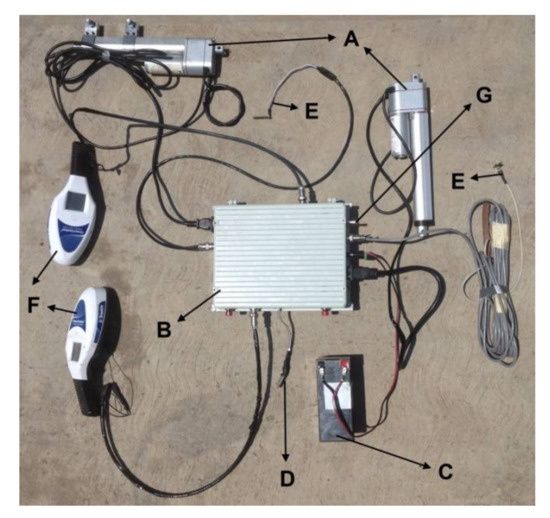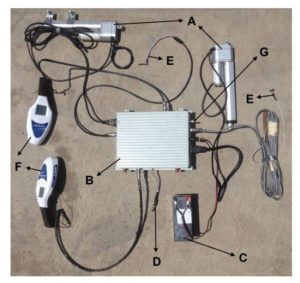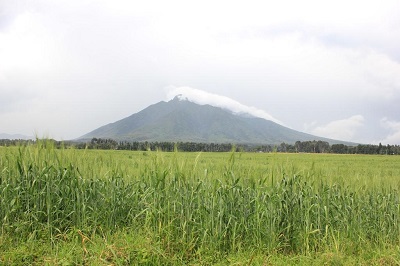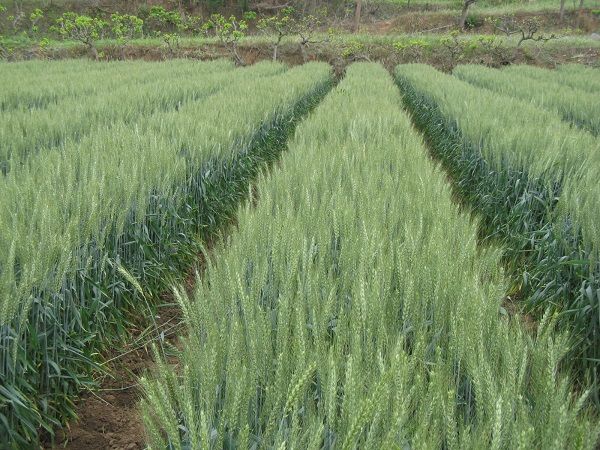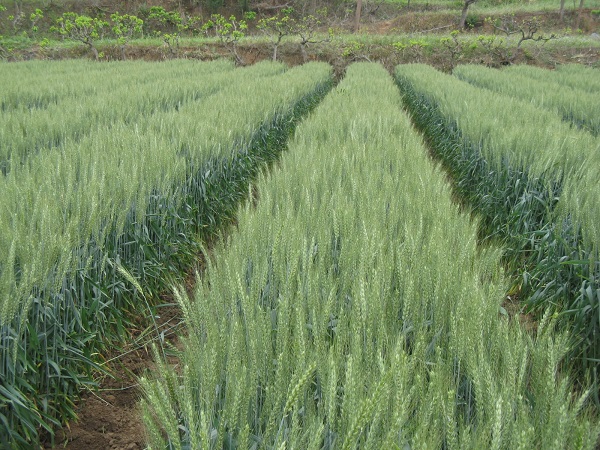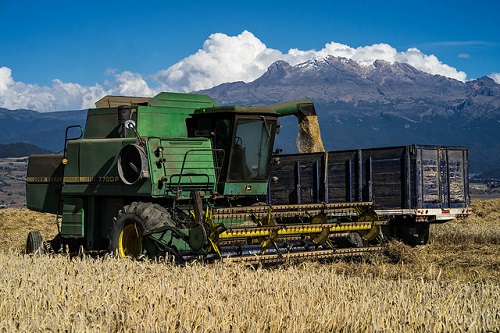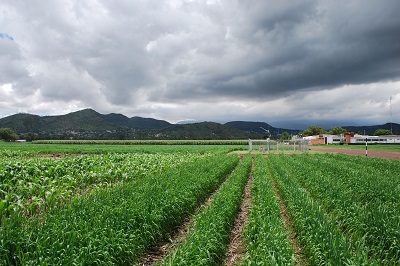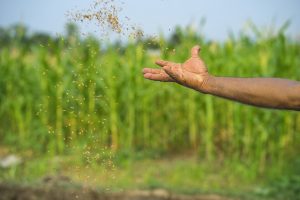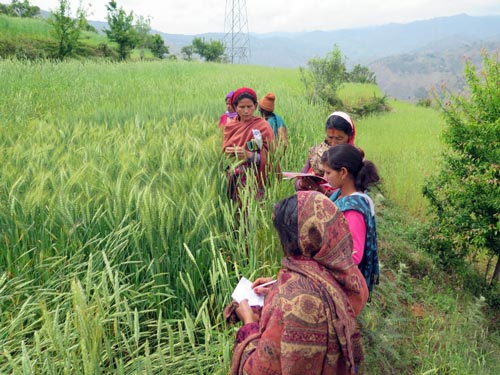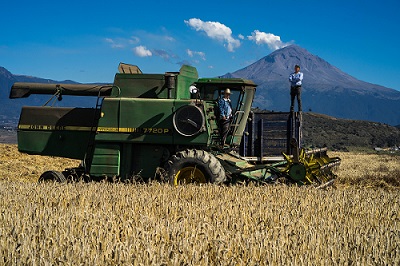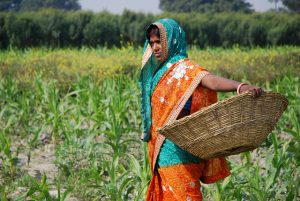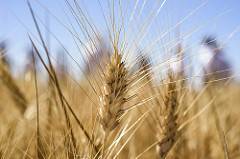New Publications: Adopting climate-smart agricultural practices
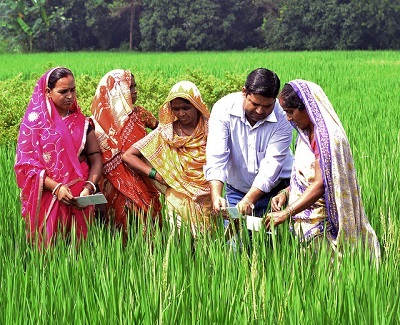
Since the 1960s and the Green Revolution in India, agricultural production has been steadily increasing. Much of this increase is due to widespread adoption of high-yielding varieties, chemical fertilizers, pesticides, irrigation and mechanization. However, recently sustaining yield gains has become increasingly difficult as India faces a number of climate-related problems, which put pressure on sustaining the existing production system.
Many scientists have proposed that the best way to counter this stagnation in yield gains is through promotion and adoption of climate-smart agricultural practices. However, uptake of these practices in India is very low despite national and international promotion efforts.
A new study examines the factors behind the likelihood of adoption of climate-smart agricultural practices in the eastern Indian province of Bihar.
The authors found a number of confounding factors that limit adoption of new agricultural practices, such as perceived climate or market risk and limited access to extension services and training. They suggest that policy changes to strengthen extension services and market access would likely boost farmers willingness and ability to adopt these practices.
Check out the full article: Precision for Smallholder Farmers: Adoption of multiple climate-smart agricultural practices in the Gangetic plains of Bihar, India. 2018. J.P. Aryal, M.L. Jat, T.B. Sapkota, A. Khatri-Chhetri, M. Kassie, D.B. Rahut, S. Maharjan. Vol. 10, Issue: 3. pp.407-427. In: International Journal of Climate Change Strategies and Management and check out other recent publication by CIMMYT staff below:
1. Molecular introgression of leaf rust resistance gene Lr34 validates enhanced effect on resistance to spot blotch in spring wheat. 2017. Vasistha, N.K., Balasubramaniam, A., Vinod Kumar Mishra., Srinivasa, J., Chand, R., Joshi, A.K. In: Euphytica no. 213, 262.
2. Biology of B. sorokiniana (syn. Cochliobolus sativus) in genomics era. 2018. Pushpendra Kumar Gupta, Vasistha, N.K., Aggarwal, R., Joshi, A.K. In: Journal of Plant Biochemistry and Biotechnology v.27, no. 2, p. 123–138.
3. Enhancing genetic gain in the era of molecular breeding. 2017. Yunbi Xu, Ping Li, Cheng Zou, Yanli Lu, Chuanxiao Xie, Zhang, X., Prasanna, B.M., Olsen, M. In: Journal of Experimental Botany v. 68, no. 11, p. 2641-2666.
4. Impact of improved maize adoption on household food security of maize producing smallholder farmers in Ethiopia. 2018. Jaleta Debello Moti, Kassie, M., Marenya, P., Yirga, C., Erenstein, O. In: Food security v. 10, no. 1, p. 81–93.
5. Land ownership and technology adoption revisited : improved maize varieties in Ethiopia. 2018. Zeng, D., Alwang, J.R., Norton, G.W., Jaleta Debello Moti, Shiferaw, B., Yirga, C. In: Land Use Policy v. 72, p. 270-279.
6. Integrating quantified risk in efficiency analysis : evidence from rice production in East and Southern Africa. 2017. Mujawamariya, G., Medagbe, F. M. K., Karimov, A. In: Agrekon v. 56, no. 4, p. 383-401.
7. Adoption and farm-level impact of conservation agriculture in Central Ethiopia. 2017. Tsegaye, W., LaRovere, R., Mwabu, G., Kassie, G.T. In: Environment, Development and Sustainability v. 19, no. 6, p. 2517–2533.
8. Yield effects of rust-resistant wheat varieties in Ethiopia. 2017. Abro, Z. A., Jaleta Debello Moti, Qaim, M. In: Food security v. 9, no. 6, p. 1343–1357.
9. Rapid cycling genomics selection in a multiparental tropical maize population. 2017. Zhang, X., Pérez-Rodríguez, P., Burgueño, J., Olsen, M., Buckler, E., Atlin, G.N., Prasanna, B.M., Vargas, M., San Vicente, F.M., Crossa, J. In: G3 : genes – genomes – genetics v. 7, no. 7, p. 2315-2326.
10. Genome-wide association analyses identify QTL hotspots for yield and component traits in durum wheat grown under yield potential, drought, and heat stress environments. 2018. Sukumaran, S., Reynolds, M.P., Sansaloni, C.P. In: Frontiers in Plant Science no. 9 : 81.

